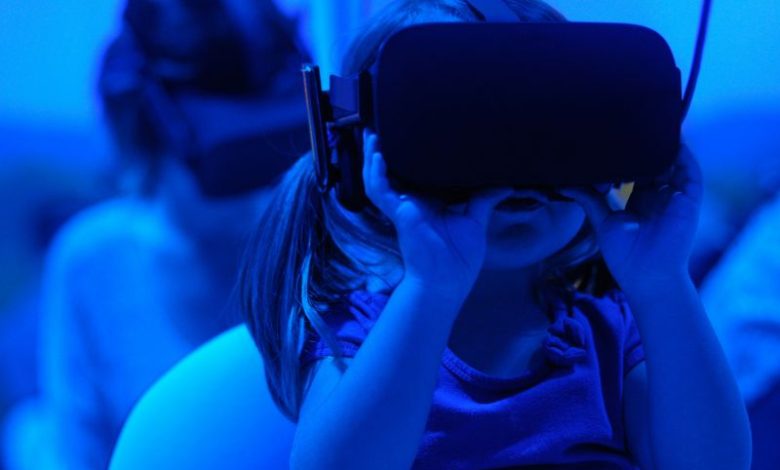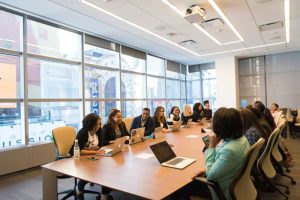The digital native myth
The assumption of students' digital fluency in the modern age may do more harm than good, writes Grok Academy's Marnie Power.

We have come a long way since my mum taught typing on a typewriter in the 80s, then had to learn how to use computers and floppy disks to impart this knowledge of ‘future tools’ to her students.
Fast forward to today and my own work as a Digital Technologies teacher: learners have quickly adapted to a life of screens, wifi and bluetooth. We call these students “digital natives”, as they have grown up with technology, but do they really know how to use technology effectively?
Read the latest print edition of School News HERE
The term “digital native” was first coined by Marc Prensky in 2001 to describe a person born after 1980 who is inherently proficient with technology. In contrast, “digital immigrants” are those born before the magic cut-off date, for whom “native” fluency in technology is apparently unachievable (so much for Carol Dweck’s notion of the growth mindset).

The myth of the digital native was dispelled years ago by empirical evidence, and yet many of our policies, curriculum and lessons continue to be designed on the assumption that all post-1981 humans are proficient in technology.
The assumption that all digital natives possess a high level of technological proficiency impacts the disadvantaged the most.
Students from low socio-economic backgrounds often lack quality access to technology and as a result, have a skill deficit compared to their more affluent peers. The gap between their abilities and the level at which the curriculum starts is just too wide. They’ve lost before they’ve even started.
So, we all now agree that the current generation of students need to be taught explicit skills, knowledge and dispositions in digital literacy and digital technologies. Who can we call to come to the rescue? The digital natives, of course, they’ll know how to do it! Despite the large percentage of our teachers currently in the workforce born post-1981, these teachers have grown up with dial-up internet access, the early stages of heavy mobile phones and few had personal computers or social media accounts. Like their students, these teachers are facing challenges from an assumption that they are across the technology required for their position, often with no formal training and have little time to stay abreast of technology and hone their skills.

But what about the pre-1981 teachers who are using technology to reimagine their teaching practice and explore previously inconceivable projects? Or the teachers who have been immersed in technology from the early days, and have witnessed first-hand its gradual evolution? The concept of ‘digital natives’ overlooks these two invaluable assets: a source of inspiration and motivation from the first, and a strong foundational knowledge and deep understanding of computer science from the second. Both can bridge the learning and development gap in our educational landscape.
To ensure our “digital natives” can live up to their name, schools need to foster opportunities to connect teachers with these experienced educators, invest in infrastructure and hardware, look at funding to make technology accessible, and prioritise software and general technology training for staff. For me, I knew I needed to upskill; to find a teacher network with similar issues and get some innovative lesson ideas. By joining Facebook groups I shared my issues, comforted by a network of teachers offering suggestions and workarounds. I rallied my school to use staff meetings to train teachers on new technologies and found smarter ways to get students connected to technology. We collaborated across subjects, built on shared lesson ideas, lobbied local businesses to sponsor events and sought local news coverage of school activities for additional DT budget.

The inherent value of computer science education is not in learning to use computers: it is to understand technologies, systems and code to better facilitate the design and development of well built, well designed ethical solutions to meet the needs of people. On the other hand, digital literacy teaches students how to use technology effectively and responsibly, including how to evaluate online information, protect their data, communicate, collaborate and engage in a meaningful society.
Together, digital technology skills form a foundation critical for success in today’s world, a world that has moved beyond the need for my Mum’s typing lessons and arguably now values these skills as much as literacy and numeracy.
Marnie Power is a Grok Academy Educator with experience as a primary school Digital technology and STEM teacher, and a background in Information Technology.






